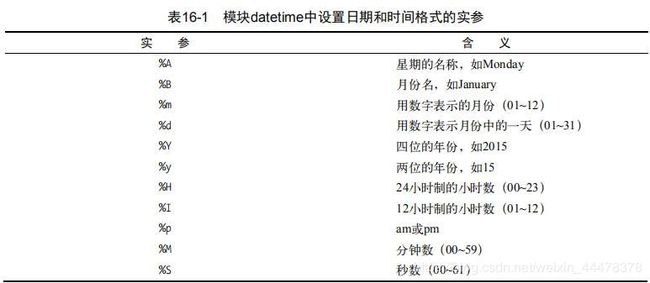import csv
import matplotlib.pyplot as plt
from datetime import datetime
filename = 'sitka_weather_2014.csv'
with open(filename) as f:
reader = csv.reader(f)
header_row = next(reader)
for index, column_header in enumerate(header_row):
print(index, column_header)
dates, highs, lows = [], [], []
for row in reader:
try:
current_date = datetime.strptime(row[0], '%Y-%m-%d')
high = int(row[1])
low = int(row[3])
except ValueError:
print(current_date, 'missing date')
else:
highs.append(int(row[1]))
lows.append(int(row[3]))
dates.append(current_date)
fig = plt.figure(dpi=128, figsize=(10, 6))
plt.plot(dates, highs, c='red', alpha=0.5)
plt.plot(dates, lows, c='blue', alpha=0.5)
plt.fill_between(dates, highs, lows, facecolor='blue', alpha=0.1)
plt.title("Daily high and low temperature, 2014", fontsize=24)
plt.xlabel('', fontsize=14)
fig.autofmt_xdate()
plt.ylabel('Temperature(F)', fontsize=14)
plt.tick_params(axis='both', which='major', labelsize=14)
plt.show()



